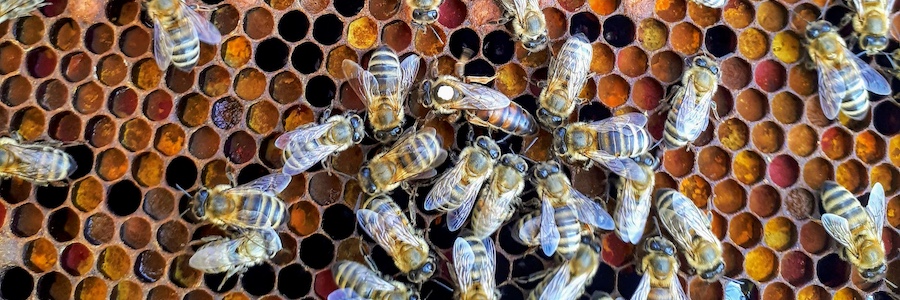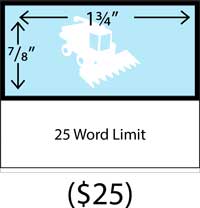Honeybees are vital to agriculture, pollinating more than 80 crops and contributing an estimated $29 billion annually to the U.S. economy. Honeybees pollinate more than third of what people eat and drink, from coffee to almonds. Yet honeybee colonies are in steep decline, with over 55% lost in the past year alone due to extreme weather, exposure, parasites, and habitat loss.
To help address this crisis, researchers from Carnegie Mellon University and the University of California, Riverside have developed the Electronic Bee-Veterinarian (EBV) — a low-cost system that monitors hive health and warns beekeepers before trouble strikes. This system is designed to be an affordable way to monitor for and prevent colony collapse.
The solution is seemingly simple, monitoring for temperature changes inside the colony. Beehives use thermoregulation to ensure the hive temperature stays between 33 and 36 degrees Celsius, about 91 to 97 degrees Fahrenheit. Honeybees naturally regulate hive temperatures through clustering to ensure healthy brood development. However, when exposed to stressors like disease, bees lose this ability communicate. The EBV uses inexpensive heat sensors placed inside and outside the hive to track temperatures and predict hive health.
The system boils complex data down to a single, easy-to-read “health factor” on a scale from zero to one. A score close to one signals a healthy, thermoregulating hive; a lower score warns of potential problems. With this real-time insight, beekeepers can act early to protect their colonies. Quick and easy understanding was a key design aspect of the system.
“This health factor gives an estimate of how strong the bees are,” explained Shamima Hossain, a UCR doctoral student and lead author on the project. “Even beekeepers unfamiliar with the underlying technology can quickly interpret the results.”
Researchers applied thermal diffusion and control theory to design EBV’s predictive model. In field tests across 25 hives, EBV successfully detected health threats, allowing timely interventions. Importantly, the device is designed to be affordable — costing less than $50 per hive.
The next step? Fully automated climate control inside the hives. With new funding from the U.S. Department of Agriculture, researchers are developing systems that can heat or cool hives automatically based on EBV’s forecasts, helping maximize honey production and hive survival.
“This could revolutionize how beekeepers manage their colonies,” said Boris Baer, professor of entomology at UCR. “People have dreamed of sensors like this for a long time.”
Beekeepers now rely on their own judgment and manual inspections to detect problems, often leading to delayed interventions. With EBV, they can get real-time insights and predict conditions days in advance, significantly reducing labor costs, said Baer, who collaborated with Hossain and other scientists at UCR’s Bourns College of Engineering.
As bee populations continue to face mounting challenges, innovations like EBV offer hope — not only for the beekeepers who rely on healthy hives, but for the global food supply that depends on them.








